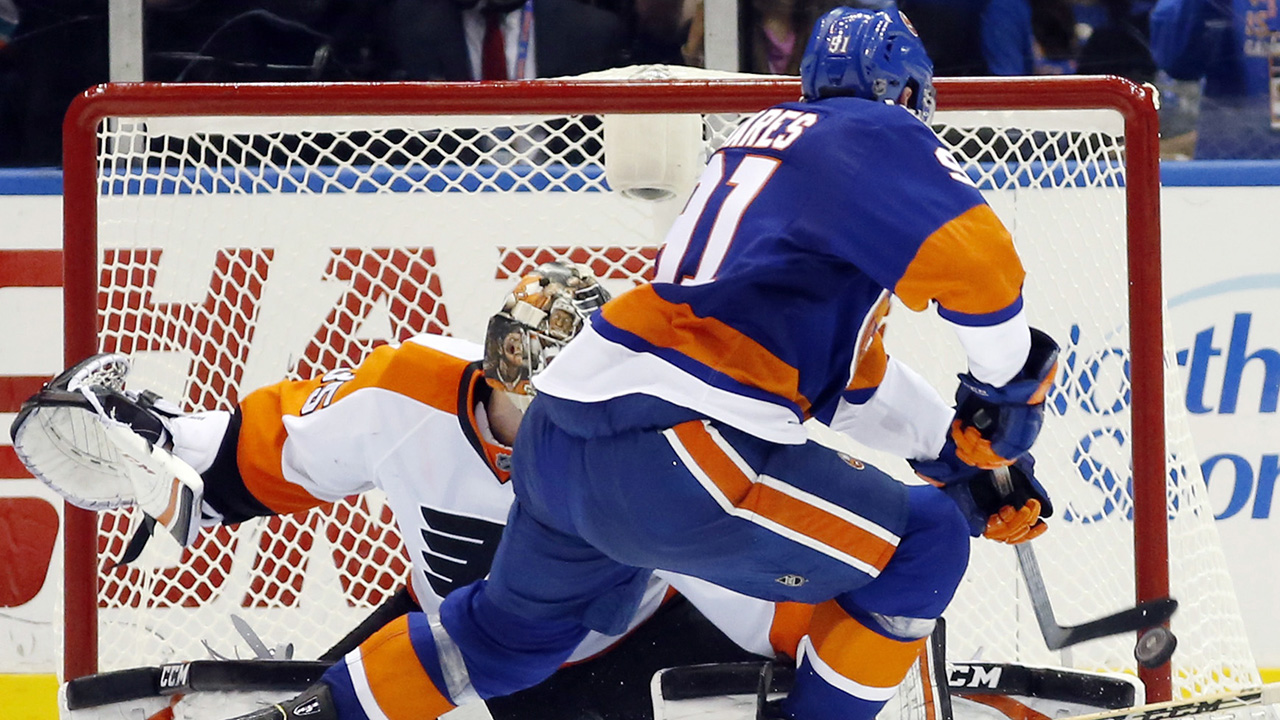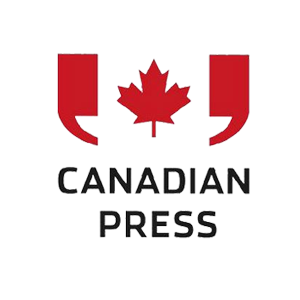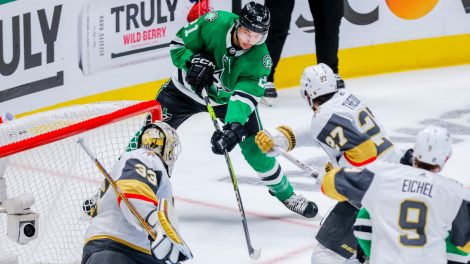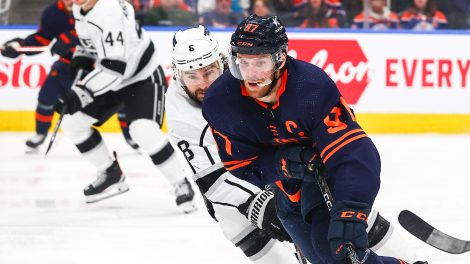NHL players were instrumental in making three-on-three overtime happen, and Mathieu Schneider of the NHL Players’ Association says they’re excited about the change that will go into effect next season.
NHL general managers agreed in March that they wanted to reduce the number of shootouts and were OK with either the AHL format of four-on-four for three minutes and then three-on-three for four minutes or going to a full five minutes of three-on-three.
Players preferred all three-on-three, Schneider said, not only because it doesn’t add more time to games but because they believe it will produce better hockey.
“What it really boiled down to was, players said, ‘If we want to end games sooner going three-on-three, then having three-on-three for the longest period of time was the way to go about it,'” Schneider said in a sit-down interview last week in Las Vegas. “They think it’s going to be exciting, wide-open hockey.”
The AHL had incredible success cutting down on shootouts in its first season under the seven-minute overtime format split four-on-four and three-on-three. The key to it working in the NHL might be how three-on-three is coached.
“I hope three-on-three does what everyone thinks it’s going to do,” Schneider said. “I hope coaches don’t start coaching it defensively because it could turn ugly quickly. My position always was: If Mike Babcock wants to get to the shootout, he’s going to get to the shootout whether it’s three-on-three or four-on-four.”
Schneider is a supporter of the shootout and had to put his personal feelings aside when talking to players and attending the competition committee meeting in early June. Commissioner Gary Bettman at one point asked players which they’d prefer — the status quo of four-on-four overtime or three-on-three, and Schneider said a great majority wanted the latter.
The question of the AHL format or status quo was never brought up, Schneider said.
Players benefit if there are fewer shootouts because there will be more goals and assists to pile up. Skill players will benefit from extra ice to work with.
New York Islanders captain John Tavares posed the possibility of the Pittsburgh Penguins’ Sidney Crosby, Evgeni Malkin and Kris Letang lining up against the Chicago Blackhawks’ Jonathan Toews, Patrick Kane and Duncan Keith.
“What’s not to like?” Tavares said last week at the NHL awards. “People might think it’s kind of gimmicky, but I think people will see the best players in the world with open ice make plays, I think it will be fun to play in and special to watch.”
After the GMs recommended it, three-on-three overtime needed approval from players and then the board of governors. Schneider said players are committed to this format but added that like any new rule change it’s up for reconsideration.
That happened this past season when GMs ended the dry scrape before overtime in November because it was interrupting games too much.










